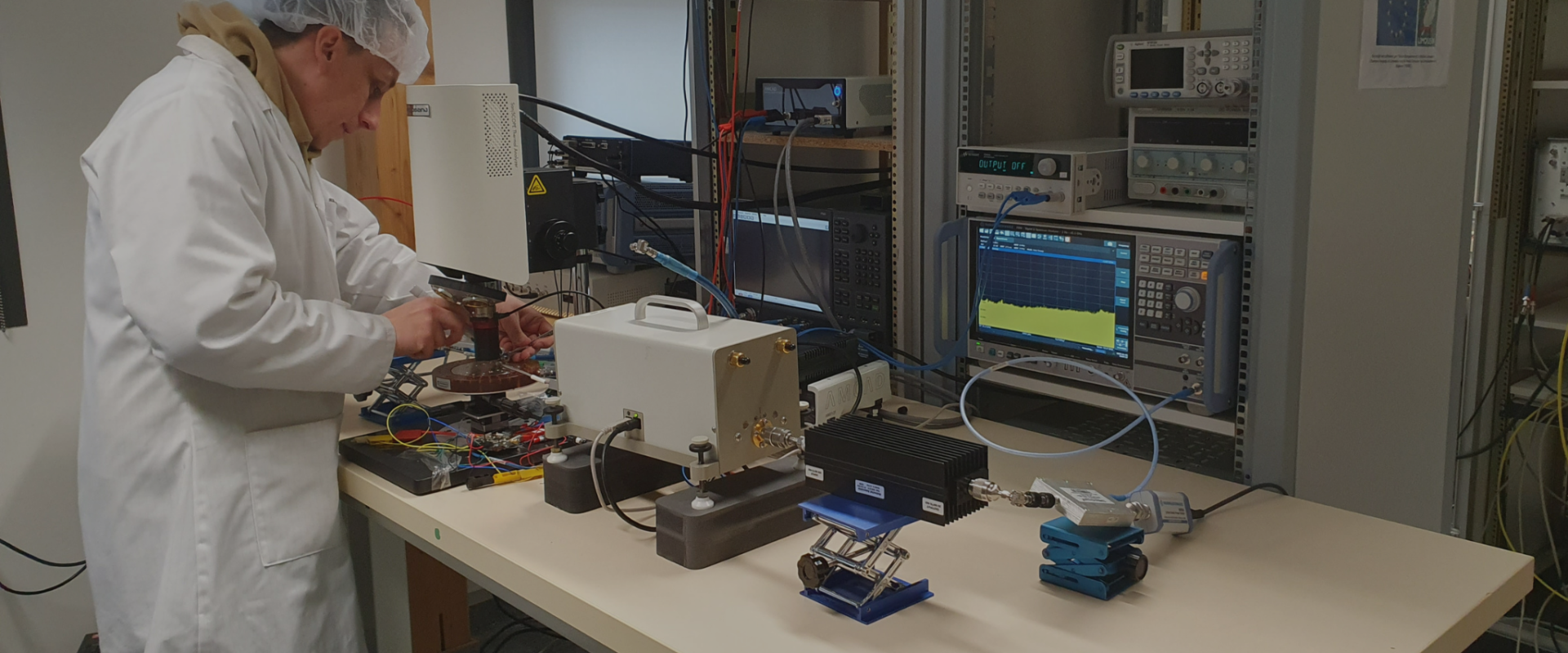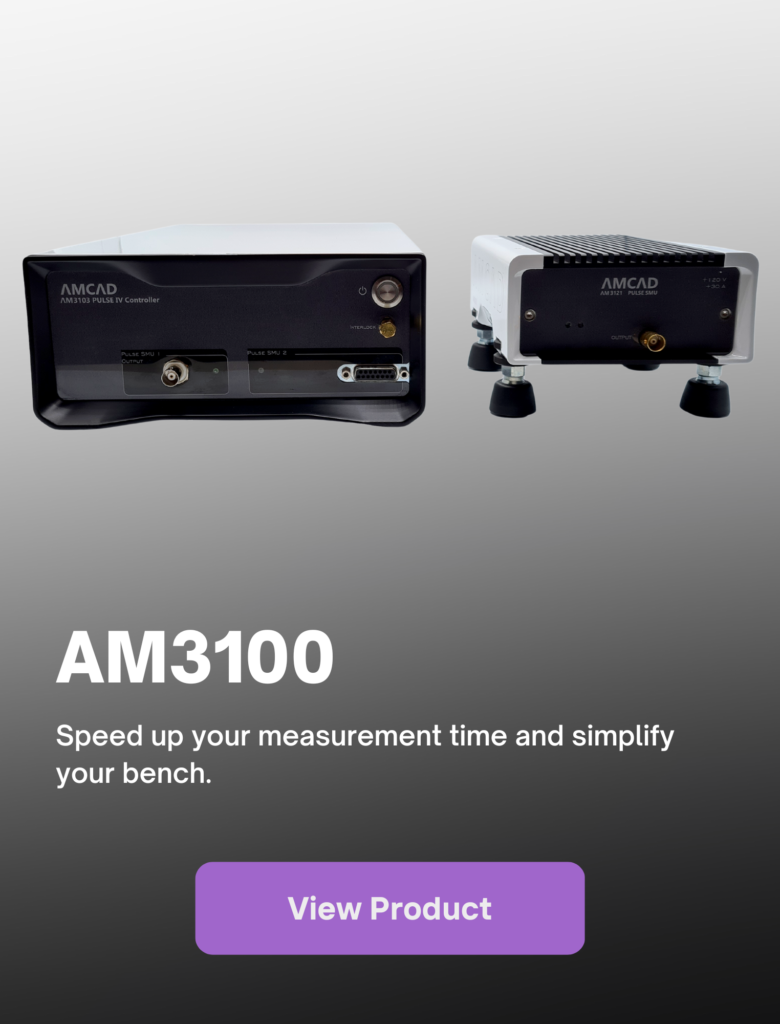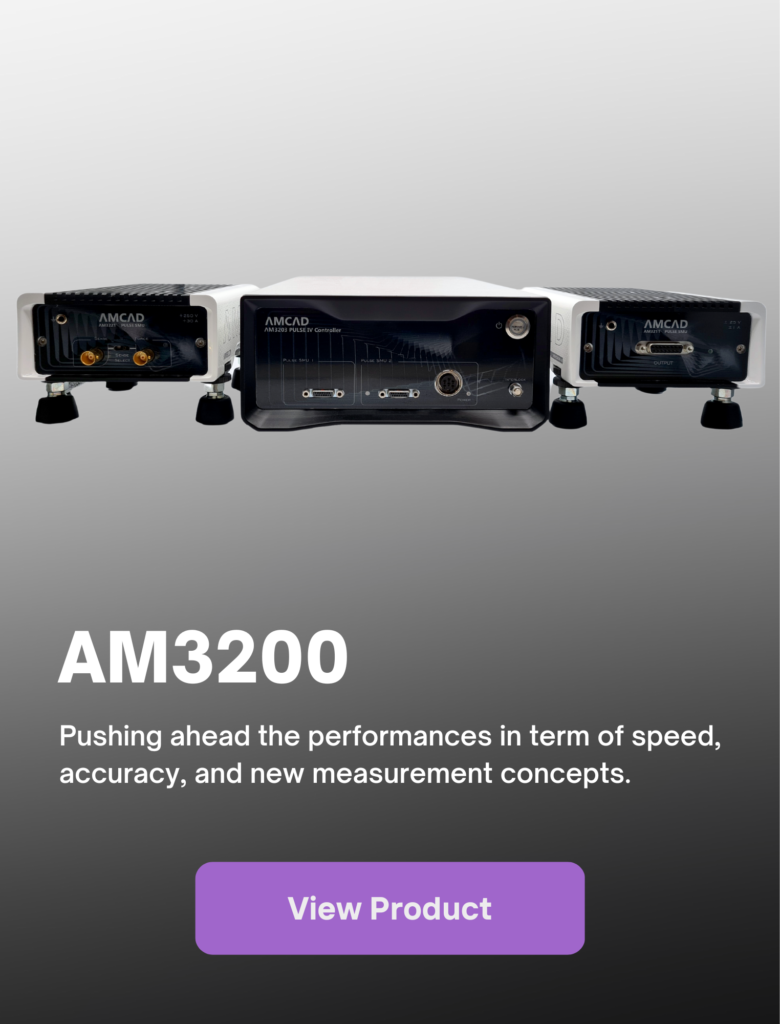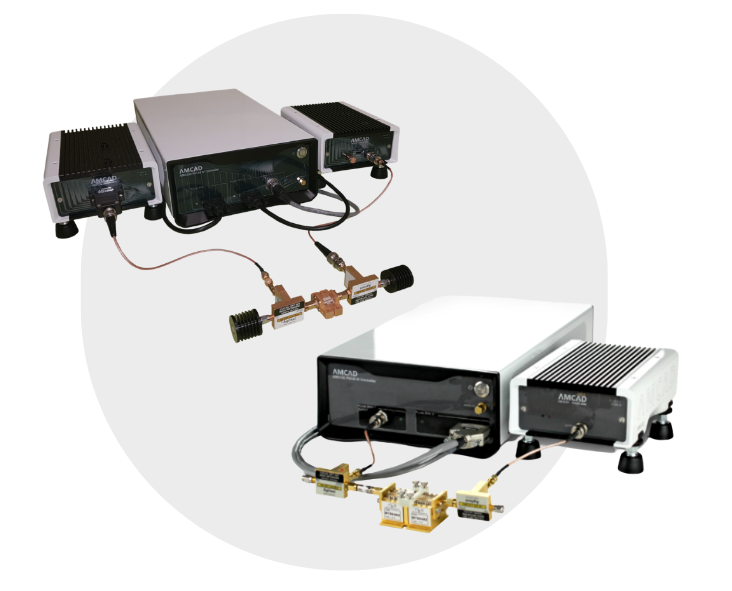
Pulse IV system
In the context of transistor compact modeling activities on IIIV components, particularly with new technologies such as GaN, it is essential to plot IV characteristics with high precision. During the extraction process, thermal and trapping phenomena must be characterized with a good understanding of their mutual contribution.
What are the challenges when measuring power semiconductors in pulse conditions?
To get a picture of the transistor behavior in known conditions, It is essential to perform measurements in the pulsed mode to have quasi-isothermal measurement data. In addition, both self-heating and trapping phenomena have the same order of magnitude regarding their time constants, which must be determined separately.
To get quasi-isothermal IV curves, pulsed signal generators coupled with broadband and precise measurement units are needed to determine the voltage and current levels at the component reference planes. Indeed, engineers in charge of modeling work devote a significant amount of time to fit the model behavior with the reference data. It is then essential to trust the input information on which all modeling efforts are based. Therefore, the test accuracy in a pulsed regime must not be questioned.
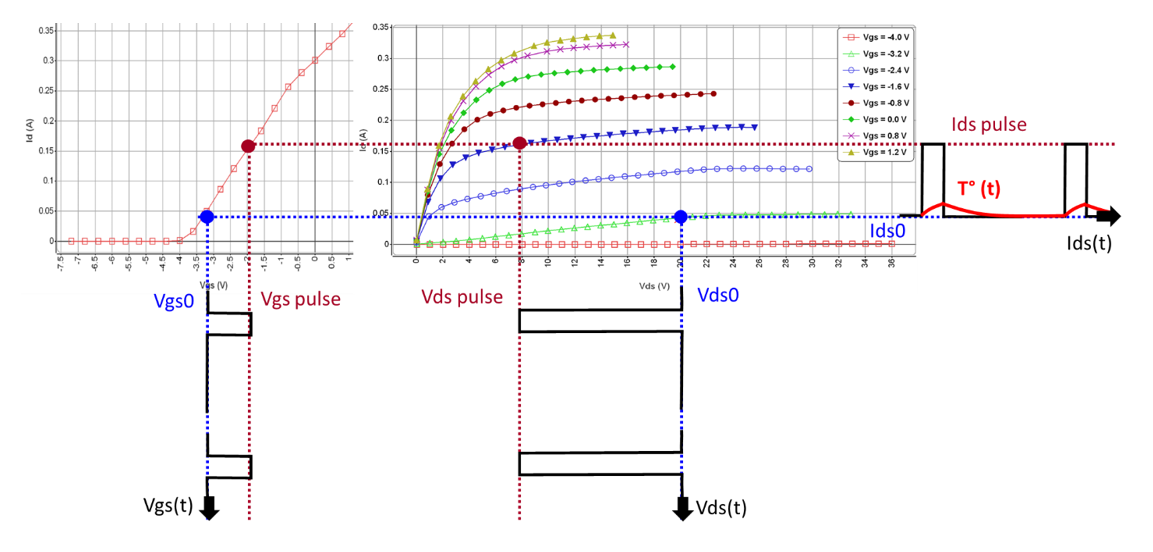
- In such conditions, the use of standard equipment (Oscilloscopes, classic SMUs) can have the following disadvantages :
- • Difficulty in controlling and synchronizing multiple instruments for different voltage and current ranges and time scales (pulse width, duty cycle, bias points).
- • Instrument calibration drift can be observed over time. It may be necessary to recalibrate the current probes (degauss) during measurements or to recalibrate the system if a time parameter of the tests is modified.
- A family of pulse generators with precise and embedded broadband measurement units has been developed to address these challenges.
Problems solved with the high-end AM3200 System:
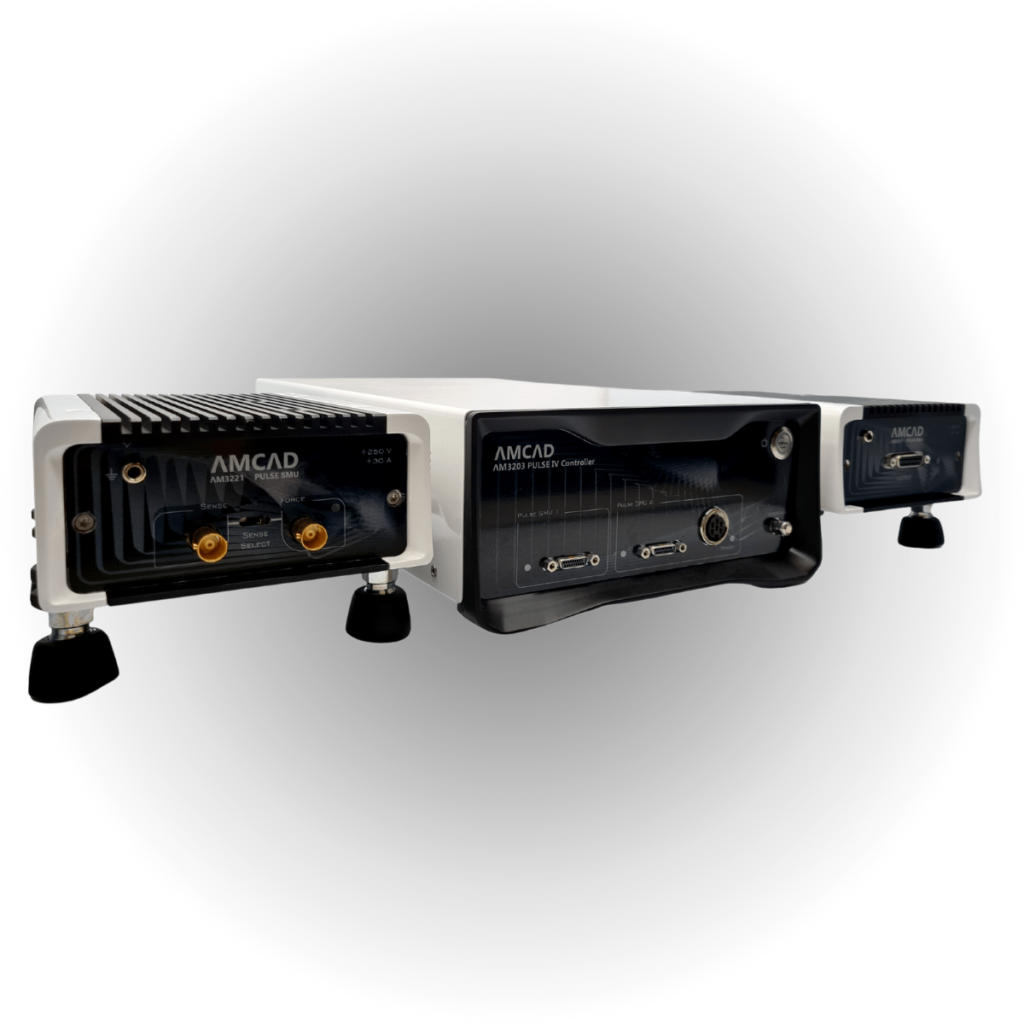
The AM3200 system alone can generate and measure both very short pulses (down to 200ns) and long pulse widths (> msec).
On the drain pad of the transistor, voltage and current pulses can be applied up to 250V and 10A. Despite the magnitude of the signals, the system can measure both low currents levels for high voltages or high currents levels for low voltages without a data accuracy tradeoff.
It is important because the knowledge of leakage currents and resistive characteristics in the ohmic area (Rdson) is crucial for extracting a model under good conditions.
Moreover, beyond its ability to measure very short pulses, this solution also allows performing pulse profiling on long pulse shapes, which is an asset to characterize the temporal drift of the component performance over time because of self-heating or trapping and de-trapping effects.
Combined with the IVCAD control software, transistor IV characterization has never been so fast and easy to plot.
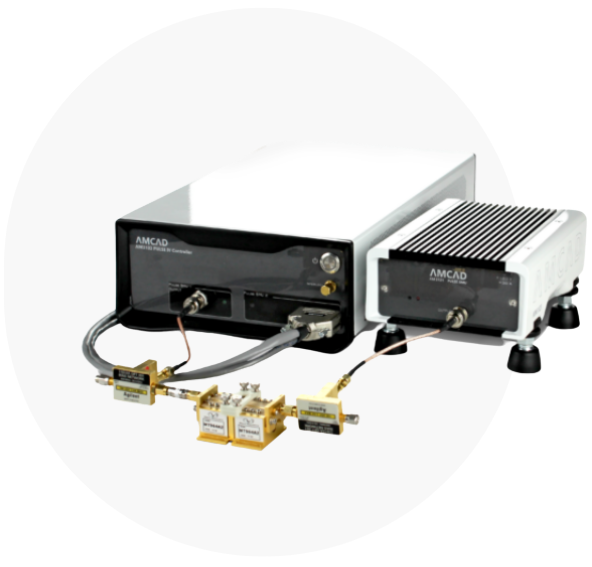
Benefits offered by the AM3100 System:
The very advanced functionalities of the AM3200 system can sometimes be overkill if the objective is not to use these measurements for transistor compact model extraction. Indeed, a pulsed SMU may also be needed for less demanding precision measurement activities. For example, load pull measurements may require a lower voltage/current resolution under pulsed bias conditions..
A cost-effective and compact pulse SMU unit tailored for power measurements is provided for this latter application.
In this use case, a DC voltage can be supplied while measuring pulsed current driven by the pulsed RF signal. Performing this test without an external oscilloscope saves precious time, improves the current measurement accuracy, and secures the transistor’s power-added efficiency characterization.
Alternatively, if the end application is similar, generating a pulsed voltage signal from a “cold” quiescent voltage (0V) is possible. Using this SMU, if the voltage is not DC, unlike the AM3200 system, the AM3100 unit cannot generate a pulsed voltage signal from a quiescent voltage different from 0V.
Associated with the IVCAD software, AM3100 and AM3200 systems are provided as turn-key solutions.
Why are our solutions unique?
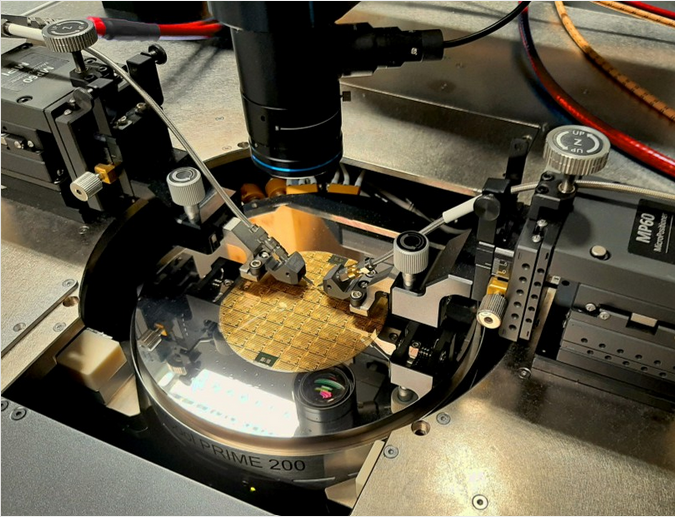
Other SMUs can also generate and measure pulsed signals for transistor testing.
Our AM3100 and 3200 systems are compact and easy to implement. They are not made of a heterogeneous assembly of different measuring instruments, not initially designed to work together.
Our systems don’t need external precision multimeters nor require new calibration for every new measurement condition. Therefore, it offers an easy way to control the bench for various measurement configurations.
Product brochures offer essential information such as Recovery measurement time delay after power switching, bandwidth, absolute measurement accuracy versus signal ranges, settling time, and noise…, which allows the user to validate the results he gets.
Our probes are natively equipped with Electronic Fuses, which can be triggered for customized current thresholds. In case of a short circuit, electrical shutdown, or unexpected events, the system is immediately turned off with a specific sequence offering users a safe operating environment.
The pulse width can range from a few hundred nanoseconds (a must for measurements in a quasi-isothermal regime) to a few milliseconds to catch long-time constants (trapping effects, dynamic self-heating).
Because our system does not incorporate oscilloscope-based measurement hardware and has low output impedances, it is possible to have almost immediate feedback between measurement and generation, allowing rapid plotting of IV curves for a grid of defined voltages, whatever the current consumption, thanks to the ALCs integrated into the probes.
Finally, AMCAD is not just a manufacturer of measurement equipment; we use these instruments daily in our laboratories for testing and modeling service activities. We know exactly how to guide our customers in the use of these solutions and know their problems. This source of information also allows us to draft the road map toward future generations of our products.

